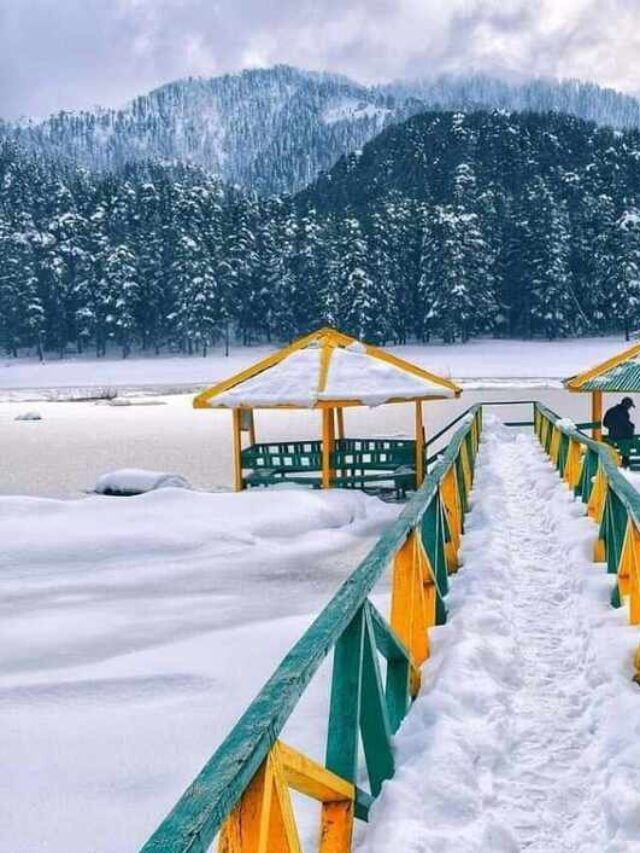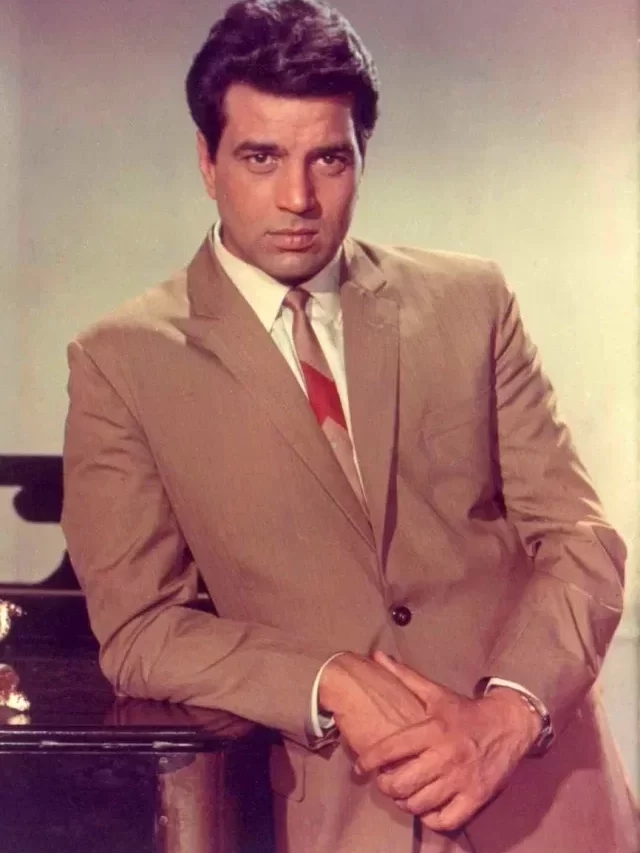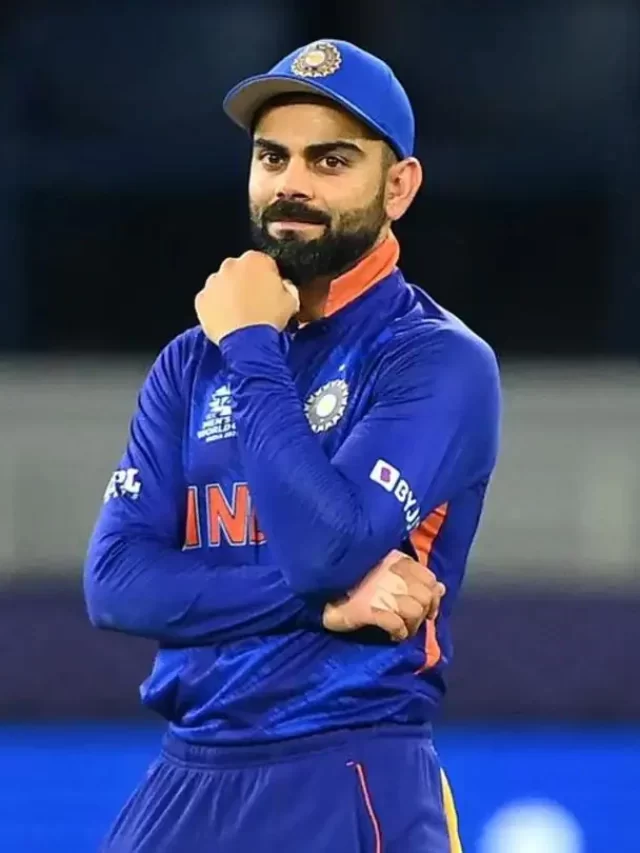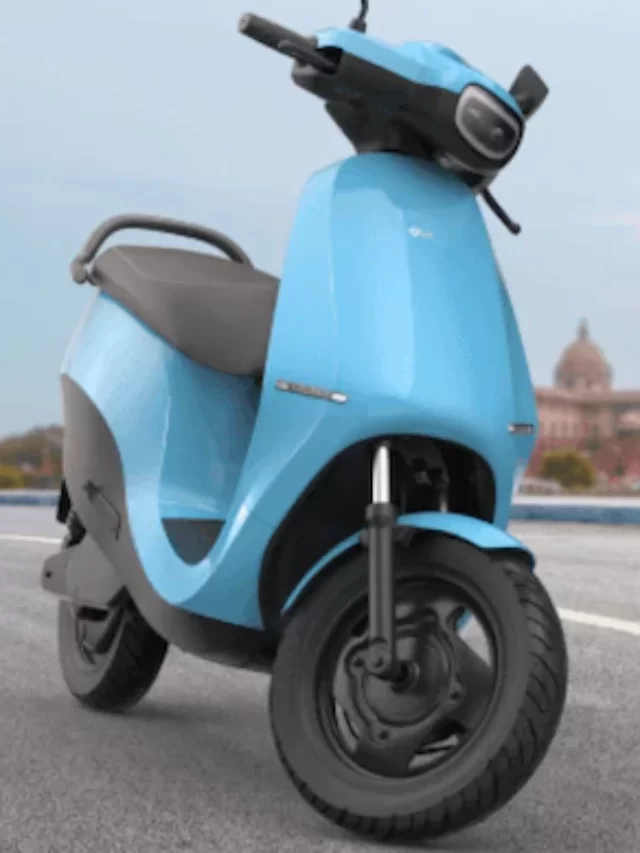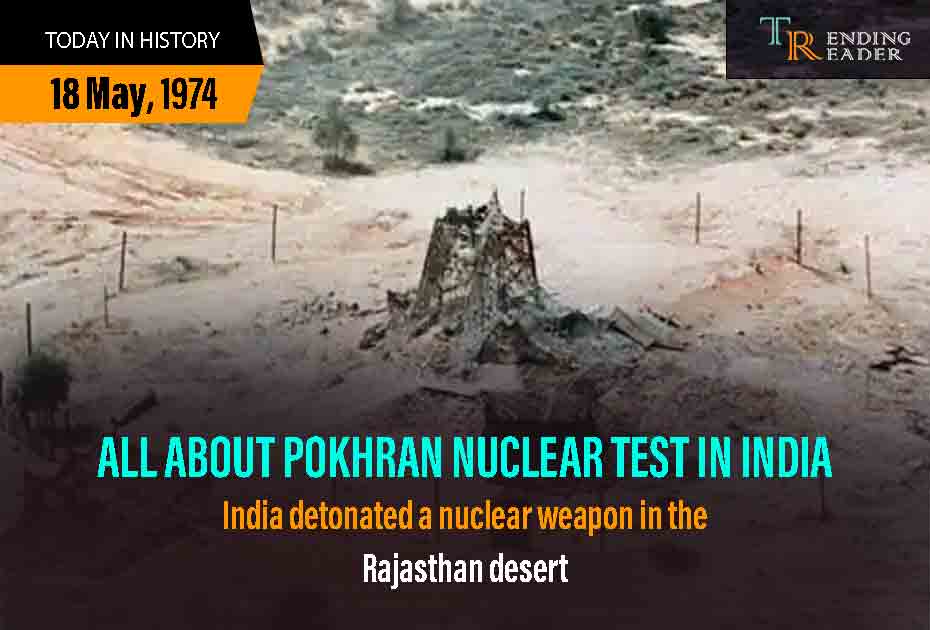On 18th May 1974, India detonated a nuclear weapon in the Rajasthan desert but unfortunately, no one at the time appreciated their efforts and India faced huge criticism and backlash from international communities! But, this opposition could not stop India from achieving its goal of a Nuclear powered state. Finally, after many failed attempts, in the year 1998, India again conducted a series of five nuclear tests in Pokhran after which it declared itself a Nuclear Power! But, who invented nuclear bomb in India? Why was Pokhran selected for nuclear tests?
This article will take you on a journey to the Pokhran nuclear tests and will throw light on why Pokhran was selected for the nuclear test.
The Pokhran Nuclear Tests
The 1974 Smiling Buddha
Before jumping directly on why Pokhran was selected for Nuclear tests, let us take a sneak peek into the Pokhran nuclear tests of 1974 and 1998 which led India into the “Nuclear power” club.
The 1974 Smiling Buddha test, performed under Raja Ramanna, the director of BARC made India the sixth country to conduct a nuclear test. Raja Ramanna was the person who invented nuclear bomb in India under the leadership of Indira Gandhi, then the Prime Minister of India. With this initiative, India recorded itself as the first country outside UNSC to conduct the Pokhran nuclear test. But the question is why the name Smiling Buddha was given to the first Pokhran nuclear test?
According to reports, the first nuclear test which witnessed India entering into the “Nuclear power” states was conducted on Buddha Purnima in 1974. Thus, the name “Smiling Buddha” was chosen! Added to that, Raja Ramanna conveyed his best wishes to the then Prime Minister Indira Gandhi on the successful conduct of the nuclear test saying, “The Buddha has finally smiled”! But, amidst this initial success, India faced huge opposition and sanctions from the US stating that such tests should be banned as they can lead to a nuclear upsurge which poses a threat to international countries!
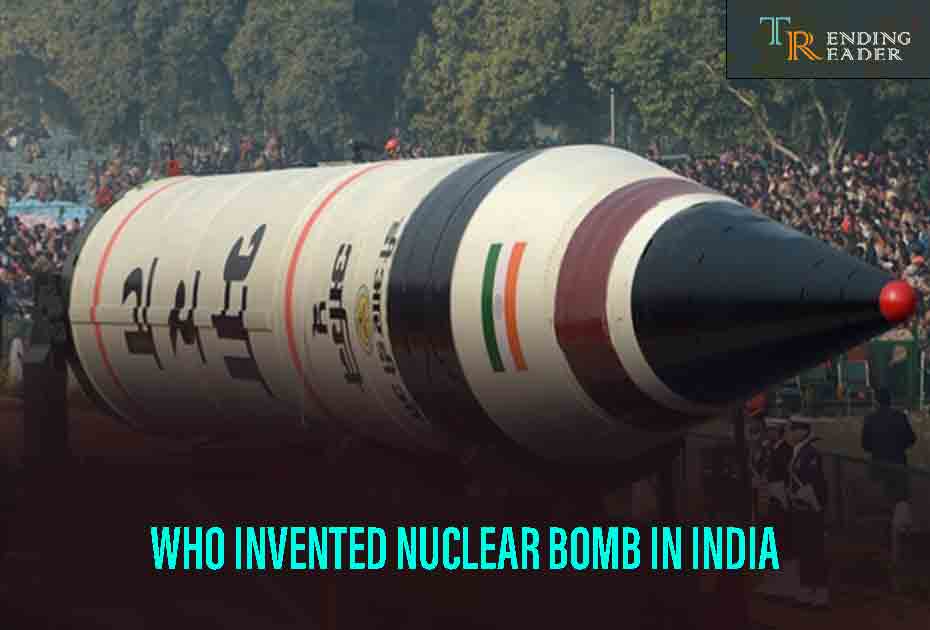
The 1998 Pokhran Nuclear Test-II
While the first Pokhran nuclear test of 1974 wasn’t enough to prove India’s excellence and mastery in the field of nuclear power, Atal Bihari Vajpayee was firm in his goal! Before the 1974 Pokhran nuclear test, China conducted its 1st nuclear test in 1964 and became the fifth country in UNSC!
Since then, Vajpayee was clear about his goal but was faced with hindrances! Other political leaders also tried, only to surrender to US surveillance. Finally, in the year 1998, the visionary leader came to power after a failed government in 1996. Followed by this incident, he with then Atomic Energy Commission chairman, R Chidambaram, and the then Defence Research and Development Organisation chief, A P J Abdul Kalam conducted the Pokhran nuclear test-II confidentially that no one except LK Advani, the then Minister of Home Affairs was aware of the operation.
But, the problem arose when US surveillance satellites started keeping a close eye on them! Thus, to avoid any trace of nuclear activity, the group operated at night, underground and special care was taken to hide bombs and other materials. Finally, on 11th May 1998 and 13th May 1998, India conducted a total of five Pokhran nuclear tests which made India a successful nuclear power for many decades to come.
Also Read – Facts About Vietnam War: Communism Vs Western Influence
Why Was Pokhran Selected For Nuclear Test?
The Pokhran nuclear test -1 received huge criticism and backlash from international and national bodies. Moreover, the Pokhran nuclear test-II was also under huge surveillance from US spies. India was threatened to face US sanctions if the Pokhran test were conducted any further! But, Vajpayee thought that it is important for a country like India to be self-sufficient, especially at a time when a “neighboring country” has already successfully conducted its first nuclear test, and added to that, the relationship is not very positive between the two countries!
Thus, to avoid any suspicions from US surveillance satellites and conduct the test without any hindrances, Pokhran was chosen for a nuclear test. According to reports, positioned in a desert region, Pokhran in May witnessed dust storms which rendered the US spy satellites with blurry vision, and thus it will be easy for India to conduct the Pokhran nuclear test.
Adding to the opportunity is that infrared sensors also fail to pick up any activity near Pokhran during daytime with a higher temperature. All these factors seem favorable for the Indian engineers and scientists to carry out the test successfully. This was the reason why was Pokhran selected for nuclear test.
Also Read – 7 Famous Women In Science And Technology
How Many Atom Bombs Are Present In India?
Today, after years of struggle and criticism, India has successfully developed approximately 156 nuclear warheads or atom bombs.
Also Read – Empire State Building Suicides: The Tower Of Tragedy And Majestic Beauty
Conclusion
Though India was subjected to international outrage and criticism at home, over the years, other countries have started appreciating India’s huge success in the Pokhran nuclear test.
In the words of Michael Kugelman, “The nuclear tests in 1998 were a watershed moment in India’s history. They served as an early but resounding reminder of India’s status as a rising power. But the nuclear tests also set India and Pakistan on a new and escalatory collision course that they remain on today.”
For more related information, visit Technology – Trending Reader.
